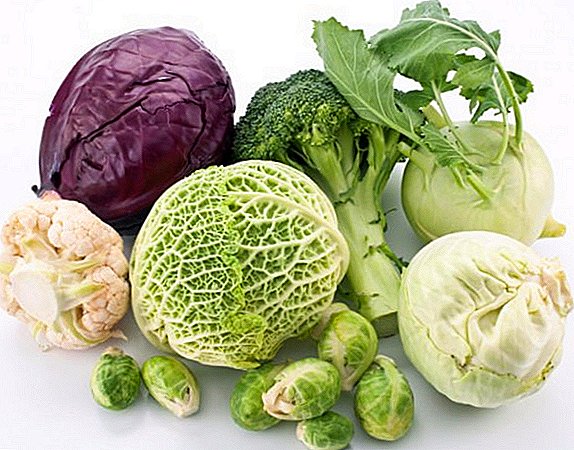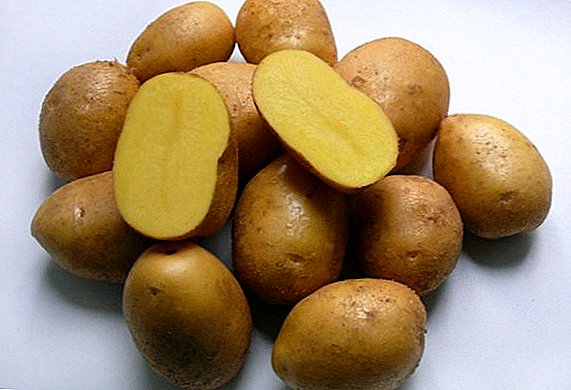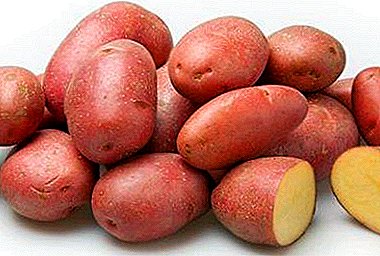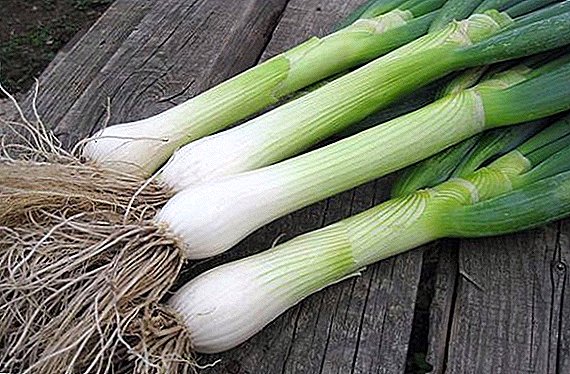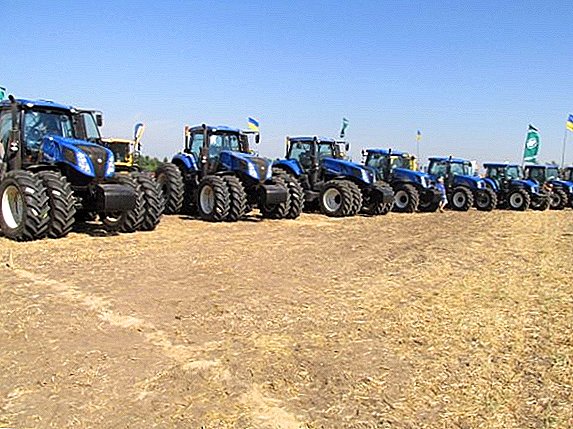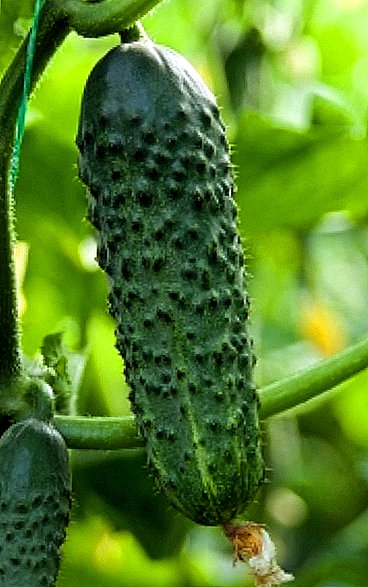
Carrots and beets have long and firmly taken their place on our table. Without them, it is impossible to imagine a festive table with a famous herring under a fur coat, or a weekday with beetroot soup or a vinaigrette. Harvesting the rules is only half the battle. The second half is to keep everything safe and sound until the next harvest. Do not forget that only properly sown root vegetables are well kept, which are carefully looked after.
Carrots and beets are referred to as root vegetables. They have a two-year development cycle. In the first year of life, the plants form a rosette of leaves and a succulent root crop, in which organic and nutrients are stored. Root crops are important in nutrition and have the ability to long-term storage in the winter and spring without reducing the nutritional value and vitamin composition.
Can they be put together?
Storage conditions for carrots and beets are largely the same. They can be stored in the same cellar, on the same balcony (if it is glazed), and even in the same box, but only on condition that they do not come in contact.
Suitable varieties
Late ripening varieties of root vegetables should be chosen for storage.. The best kept varieties and hybrids of carrots:
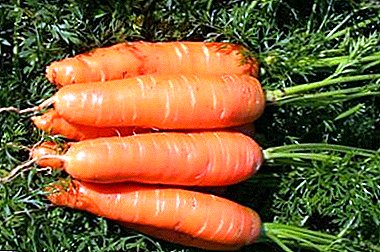 Gribovchanin F1.
Gribovchanin F1.- Nantes 4.
- Incomparable.
- Nevis F1.
- Samson.
- Chance.
- Moscow winter.
- Incomparable.
Varieties of beets, suitable for long-term storage:
- Bravo.
- Incomparable.
- Bordeaux 237.
- Red ball.
- Podzimnyaya
- Mulatto.
- Detroit.
- Nosovskaya flat.
There are no specific recommendations on how best to keep at home and where, in the basement or subfield (underground), it is empirically everyone decides for himself. Determining factors for further preservation are:
- selection of varieties of root vegetables;
- technology training;
- temperature conditions in the room;
- moisture mode;
- lack of excess oxygen intake;
- pest fencing.
Among the methods intended for storage, every gardener will find his, the most convenient and profitable. First you need to decide when and how to clean the root crop for storage.
You can read more about suitable varieties of carrots and shelf life here, and here we told you exactly which varieties are suitable for long-term storage.
When is it better to dig vegetables?
 Too early harvesting of vegetables reduces the consumer qualities of the root, not allowing to accumulate a sufficient amount of sugars. Too long being in the garden gives you the opportunity to accumulate sugar in large quantities, which makes the vegetable very attractive to rodents.
Too early harvesting of vegetables reduces the consumer qualities of the root, not allowing to accumulate a sufficient amount of sugars. Too long being in the garden gives you the opportunity to accumulate sugar in large quantities, which makes the vegetable very attractive to rodents.
Usually, harvesting time depends on ripening time and weather. The term of ripening of root crops is usually written on the packaging of seeds.. It is better to dig up vegetables for storage when it is favorable according to the Lunar calendar. The most favorable are the days of the waning moon, but this factor can be neglected for the sake of suitable weather conditions.
Harvesting should begin at a time when the bottom 2-3 shoots of the leaves have turned yellow. Such root vegetables already have good consumer properties. Beets are removed before the onset of the first frost (freezing, it will not be suitable for storage), and carrots can be safely left on the garden until the first snow (chilled roots are stored better). In a rainy autumn, it is better to harvest the crop early, as the root crops fed with moisture will be poorly preserved until spring and will rot more.
IMPORTANT: You can dig carrots after the first frost, and beets must be removed before them! Frozen beets almost immediately begin to rot.
You can find out when to remove carrots from the garden for storage here.
Watch a video on harvesting carrots and beets:
Harvesting methods
Someone pulls the roots out of the ground, someone digs with pitchforks, someone takes up a shovel. How to do it right? Before harvesting a bed with vegetables do not water.
It is best to undermine with blunt forks, supporting the root by the tail. Forks should be set strictly vertically no closer than 5 cm from the row. This will help avoid microtraumas, because the key to good storage is intact skin. Therefore, to beat the roots of each other to shake off the ground is also not recommended.
Remove excess soil from the root better with gloved hands. Then you need to cut the tops, it is to cut, not to break off, leave the tail 1-1.5 cm, leave to dry for several hours. Pruning the foliage should be done immediately, as this will preserve the nutrients. Then sort the fruit, remove damaged and spoiled root vegetables to avoid rot.
 Some growers advise this method of cutting carrot tops - cutting 0.5-1 cm of the top of the root. If such a method is used, then it is necessary to hold the vegetables for a while before laying on the storage place - until the upper cut is covered with a crust, otherwise the fruit will rot in a short time. In rainy weather it may take several days to dry in a barn, even a week.
Some growers advise this method of cutting carrot tops - cutting 0.5-1 cm of the top of the root. If such a method is used, then it is necessary to hold the vegetables for a while before laying on the storage place - until the upper cut is covered with a crust, otherwise the fruit will rot in a short time. In rainy weather it may take several days to dry in a barn, even a week.
Root vegetables must not be washed before storing.! Washed beets and carrots can be stored in the vegetable compartment of the refrigerator in a plastic bag for one month.
Terms of storage of root crops
- At room temperature, beets and carrots are stored no more than a week.
- In plastic bags in the refrigerator - 1-2 months.
- Boiled in the freezer - one month.
- In the cellar in a closed box - 5-8 months.
- In the cellar in coniferous sawdust or clay shell - until the next harvest.
- In the cellar in the sand - 6-8 months.
- On the garden - until the new harvest.
Where and in what to preserve their freshness at home?
You can store at home (in the apartment), both on the glassed-in balcony, cellar (basement), and in the garden. But the best place to store vegetables is undoubtedly the cellar.. It is always dark, with constant temperature and humidity.
Prepare the cellar in advance. Air out, if necessary - dry, treat against fungus, check for the presence of holes from rodents. To reduce moisture, you can put boxes with salt or charcoal in the corners of the cellar. If you whitewash the walls of the basement with quicklime, you can kill two birds with one stone: lime and disinfect, and make the air drier.
TIP: So that rodents do not regale, you can use traps with bait, scarers or treat the room with special means.
What temperature and humidity should be?
 At temperatures close to zero, the metabolism is rapidly slowing down, which contributes to a greater safety of root crops. They have no rest period. The storage temperature of carrots and beets should not be more than 10 degrees, because even at +5 degrees, buds can be broken, which could not be completely removed.
At temperatures close to zero, the metabolism is rapidly slowing down, which contributes to a greater safety of root crops. They have no rest period. The storage temperature of carrots and beets should not be more than 10 degrees, because even at +5 degrees, buds can be broken, which could not be completely removed.
If the humidity is low, it threatens wilting of root crops, if it is high, it is fraught with rotting. Therefore, humidity should be maintained around 85 - 90%.
More information about the required temperature for storage can be found in this article.
Options
Beets are the most deadly root crop. Therefore, the following storage rules should be observed:
- To fall asleep in the bins or boxes, at a temperature of about 3 degrees, they are perfectly lie all winter in the basement.
- It is well stored on the potato claps, which shares with it an excess of moisture.
- In a box without holes, sprinkled with wet sand in the basement.
- In plastic bags of 15-20 kg.
- In the garden in small piles. To do this, dig a hole 40 cm deep, root crops are placed there in the form of a prism (prism height 1-1.3 m), covered with a thick layer of straw so that the collar is 2 m high, covered with earth and covered with snow in winter. Before laying, it is desirable to treat with chalk powder (200 g of chalk per 10 kg of beets).
Carrots are hard to keep in top condition because they have thin skin, which badly holds moisture, roots quickly dehydrate and dry out. Plastic bags with a capacity of 20-30 kg will help to preserve the necessary moisture. Root crops fall asleep in 2/3 of them, sprinkled with sawdust on top, it is not necessary to tie the bags so that condensate does not form.
Carrot “clay shirt” also keeps well - a clay talker is made (the clay is diluted in half with water), we dip the carrot into this talker and dry it. In such a shirt, carrots retain their juiciness well and do not deteriorate.
How to save for the winter?
Carrots can be stored in several ways.:
 drying carrots at home;
drying carrots at home;- freezing;
- drying;
- canning.
These are labor-intensive methods, but they are used more often, since they will better retain all the nutritional properties of vegetables in the winter. Freezing of carrots is also used, when small root vegetables are rubbed on a grater and placed in a freezer. You can show imagination and make curly cutting. Also in the cold winter will be pleased with a cheerful mix of vegetables (carrots, sweet peppers, green peas).
Avoid storing root crops and apples in the same room; this will allow storing root crops longer.
Harvesting beets and carrots is troublesome and should be approached responsibly.. If you do everything in time and follow these simple rules of storage, your vegetables from the garden will be fresh until the spring, and maybe until the next harvest year.


 Gribovchanin F1.
Gribovchanin F1. drying carrots at home;
drying carrots at home;